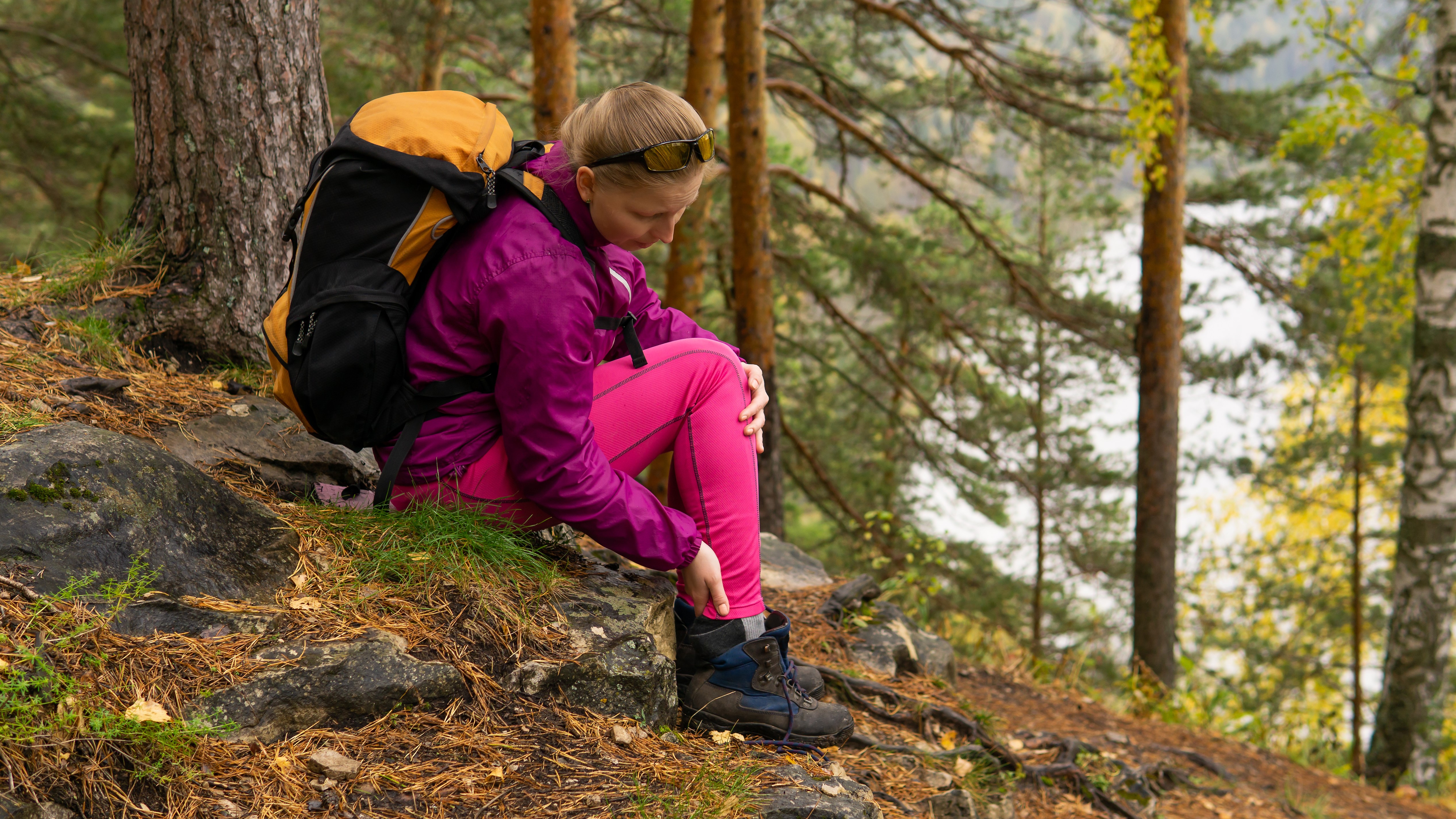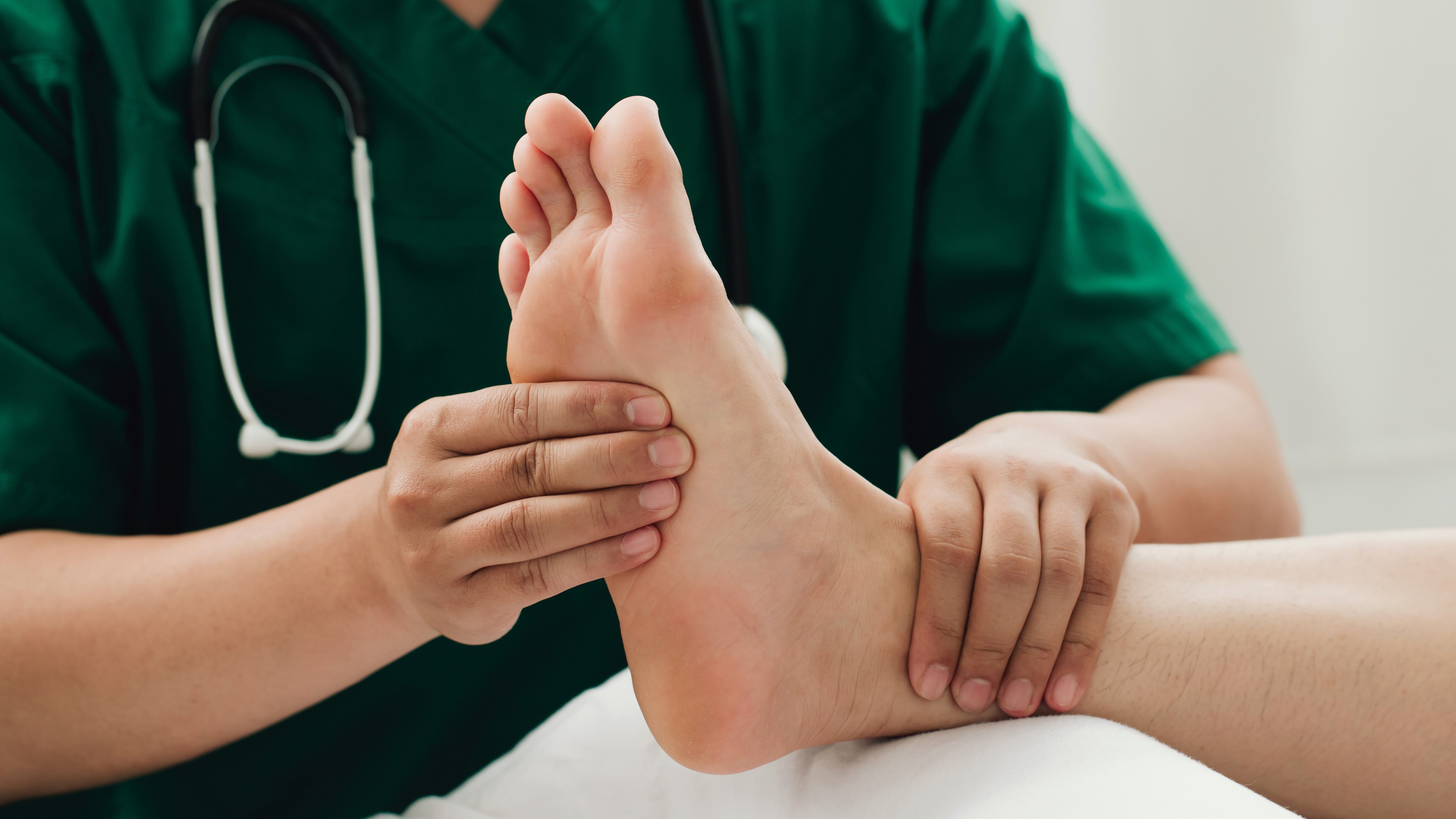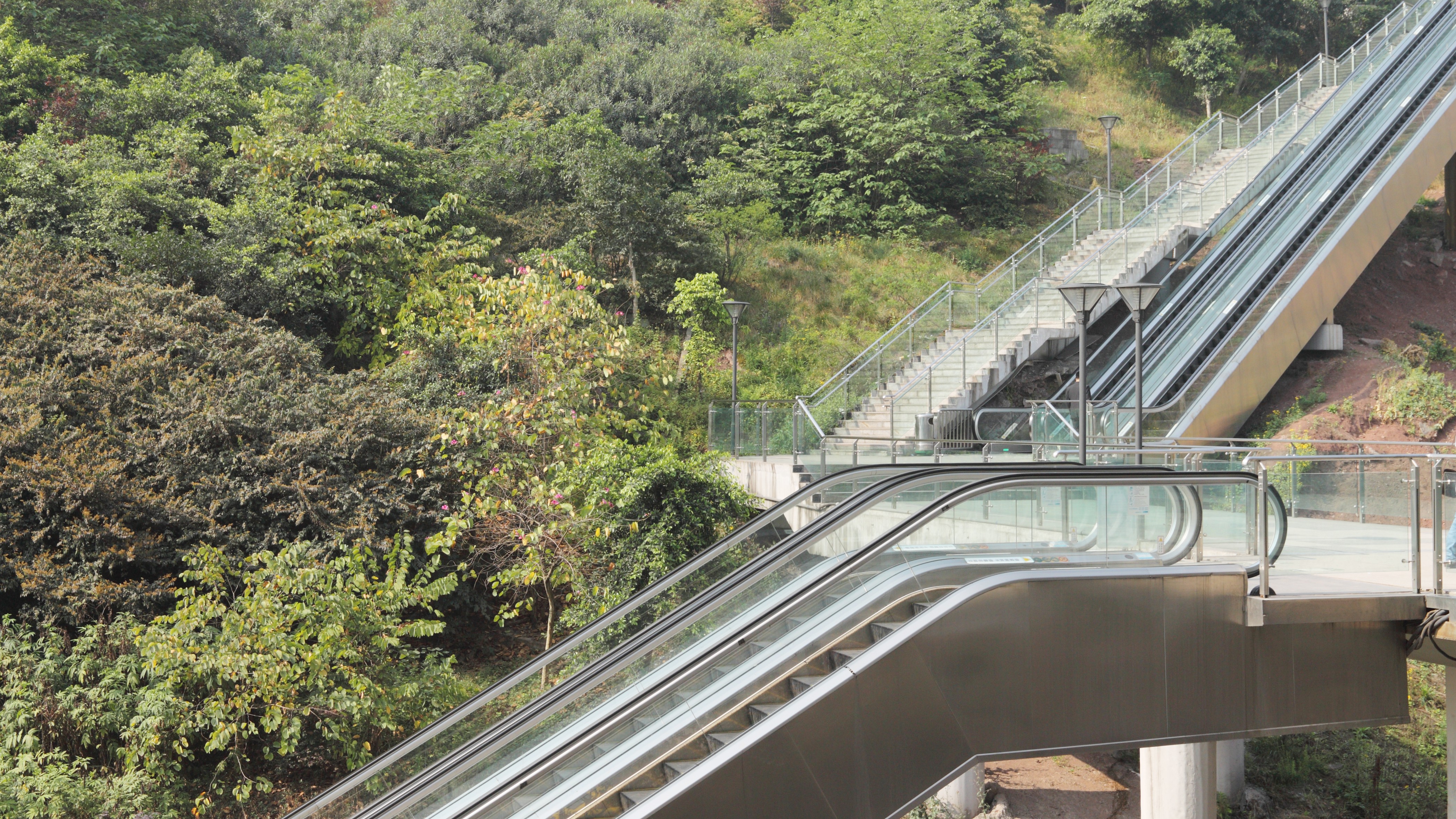What I learned from breaking my ankle in the mountains
It doesn't take much to break an ankle, and there are a few things I wish I'd known when it happened

It wasn’t my finest hour. A few years ago, I was hiking in the Peak District with my husband when I stepped in a small hole and turned my ankle. I didn’t realise it straight away, but despite wearing my best hiking boots, I wound up with a lateral malleolus fracture (a break in the bone on the outside of the ankle joint).
Thankfully it healed just fine, and I’ve been back hiking and running for ages now, but I learned a lot, and if it happened again I’d certainly do some things differently.
1. It's not always obvious
If you can wiggle your toes and bear weight, it must be OK, right? Not necessarily. If the break only involves the fibula (one of the most common types of fracture when hiking), it’ll certainly hurt, but you won’t be immobilized by it. It wasn’t much fun, but I walked off the mountain, and around various places over the following two days.
2. You should see a doctor ASAP
I didn’t want to spoil my holiday, so I continued walking around for two days after the break. I also whined and complained a lot, which spoiled it anyway, and if I’d visited a doctor sooner, I could have avoided a lot of unnecessary pain. If you suspect that you may have a break, seek medical advice straight away rather than putting yourself through that.
Thankfully I didn’t have any long-term problems as a result, but an untreated break can also cause complications later on if you wait too long.

3. Bruising takes time
A break often results in a nasty bruise, but that doesn’t appear straight away and won’t really show in its full technicolor glory until about three days after the event. If you’re in pain, don’t feel that you have to wait that long.
4. Avoid ibuprofen (if you can)
Patients are often advised to avoid using ibuprofen if they’ve broken a bone, as it can interfere with healing. Some studies have suggested that this isn’t actually the case, but if you suspect a break and you know that you can take Tylenol/paracetamol safely (as recommended by NICE) this is probably the best option until you’re able to get a diagnosis and ask a doctor for advice.
Advnture Newsletter
All the latest inspiration, tips and guides to help you plan your next Advnture!
Don't worry about 'masking' the pain, either – a doctor won't turn you away or dismiss your injury if you wouldn't rate your current pain a 10 out of 10.
5. You might not need a plaster cast or surgery
If the break is stable and the bone is in a good position for healing, you’ll likely just be given a rather stylish walking boot or air cast to wear for six to eight weeks. It’s cumbersome, but comfortable and means you can keep moving while you’re on the mend. You might not need crutches, either. You can take it off to shower, and your doctor will advise whether or not you should wear it at night.

6. If you have a walking boot, get an extra liner
The boot is comfortable, but also very warm, and you’ll be wearing it for weeks. Without going into too much stinky detail, you’ll want a second liner so you can throw the other in the washing machine. If your medical provider doesn’t give you a spare, you can buy one online - just make sure it’s the right one for your particular boot. The model name should be written on it somewhere (possibly underneath).
7. Physio is really important
Hopefully your doctor will provide a sheet of exercises to build up your strength and stability, but there’s a chance they might forget (it was something I had to ask for). I started those mobility exercises about two weeks into my recovery, while I was still using the boot, and later I sought out a sports physiotherapist who could help me get ready to run again.
It doesn’t take long for muscles to weaken when they’re not being used, and you might be shocked at how wobbly you feel at first, but hopefully you’ll soon be back in action.
8. Plantar fasciitis sucks
Plantar fasciitis is usually something you’d associate with running, but it can also happen if you’re wearing a walking boot or a cast. Because your foot isn’t bending, the plantar fascia (a long, tough ligament in the bottom of your foot) tightens up. As a result, you get pain in your heel that’s worse when you first get up in the morning, and gradually eases throughout the day as you warm up.
My physiotherapist used massage and advised me to roll a hard ball underneath my foot to loosen things up, but as always, consult your own specialist to make sure you’re not doing anything that risks worsening things.

Cat is Homes Editor at TechRadar and former editor of Advnture. She's been a journalist for 15 years, and cut her teeth on magazines before moving online. She helps readers choose the right tech for their home, get the best deals, and do more with their new devices.
